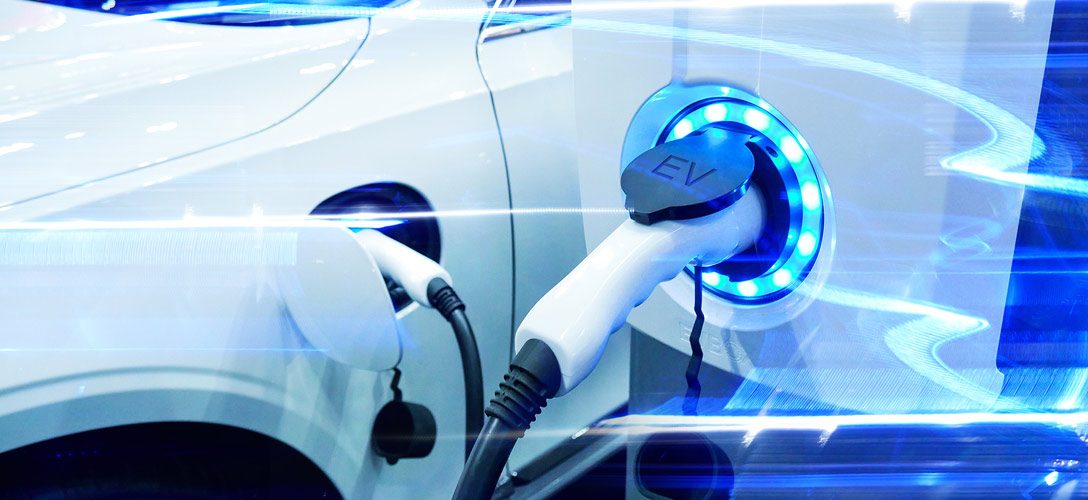This column originally appeared in the June 30, 2023 edition of the Arizona Capitol Times.
The New York Times in 2017 ran an article headlined, “Where Self-Driving Cars Go to Learn,” which discussed how Arizona had made “itself into a live laboratory for self-driving vehicles.”
The article discussed how policymakers and regulators at a state and city level were embracing innovation and cutting red tape so a new industry could blossom.
The same article discussed how California, where many players in the autonomous sector had received venture capital funding and where much of the technology was first developed in Silicon Valley, was throwing up a stop sign to the nascent industry.
Then Arizona Gov. Doug Ducey touted the contrast between the two states’ approach to autonomous vehicles, ribbing his California counterpart by calling former Gov. Jerry Brown his “partner in growing the Arizona economy.”
If a follow-up article were to be written today, Arizona would still be cited as the ideal testbed for the young industry, and California would still be characterized as an expensive, bureaucratic thicket.
Waymo continues to test its vehicles in Chandler but has expanded its footprint to 180 square miles, covering more Valley cities. Passengers can now take Waymo to Phoenix Sky Harbor International Airport. Waymo and Uber have teamed up, too, with self-driving vehicles being added as an option in the ride-hailing app later this year. You can spot newer entrants into the market around town, too, like Cruise’s self-driving Chevy Bolts.
And it’s not just passenger vehicles. Arizona is now a testing hub for self-driving long-haul trucks. Carrier Knight-Swift is working with Embark on the I-10. Torc Robotics is testing trucks on the I-40. Testing for Waymo’s long-haul business, Waymo Via, is underway in Arizona, too.
Arizona’s leaders have enacted rules to authorize and establish guardrails for autonomous vehicles to operate while entrusting experts with the responsibility of ensuring safe testing.
California, however, remains inhospitable to the new technology. The state is more a technology jobs exporter than an incubator.
In May, the state Assembly there by a 54-3 vote said any autonomous vehicle weighing more than 10,000 pounds must have a human operator. The bill, AB 316, is awaiting action in the state Senate.
The arguments in favor of the bill were predictable ones about safety and robot vehicles running amok. But the bill prematurely throws sand in the gears of a potentially revolutionary technology. Installing stiff regulations now makes it more likely that California drivers will miss out on a future of safer highways, a less burdened supply chain, lower costs, and some relief for the severe truck driver shortage.
But the real motivation behind the bill was revealed by the bill’s sponsor when Assemblywoman Cecilia Aguiar-Curry, D-Winters, said, “We need to make sure that the roads are safe for the sake of our constituents and that jobs are safe for our truck drivers.” Emphasis on mine.
This is more about placating the Teamsters, the labor union strongly backing AB 316, which in its typically over-the-top rhetoric says its legislation is a counter to “Silicon Valley greed.” The Teamsters would no doubt claim their lobbying effort is purely altruistic.
As the Orange County Register pointed out in April, a study by the Silicon Valley Leadership Group found that the California economy could get a boost of $6.5 billion or more per year by strengthening supply chains and enhancing productivity.
“This bill is classic union feather bedding, getting ahead of a promising new technology and saddling it with labor requirements aimed at benefiting union labor first and foremost,” the paper’s editorial board wrote.
It’s also classic California. Bureaucratic, expensive, and inefficient are hardly the adjectives you’d want on the cover of your state’s economic development brochure, but in California they’d be apt. There, politicians fashion themselves as all-knowing technology experts.
The opposite is true in Arizona – and thank goodness. When it comes to burgeoning new technology, we’ve proven agile, nimble and creative. When other states have asked “Why?” we’ve asked “How?”
If the California state Senate passes AB 316, it’ll head to Gov. Gavin Newsom’s desk. If he wants to reprise Governor Brown’s role as deputy Arizona economic developer, we’ll welcome the jobs that will come our way.
Danny Seiden is president and CEO of the Arizona Chamber of Commerce & Industry.
















Add comment